
Costus Pictus Plant The Insulin Plant High On Gloss
Reports are that if Diabetics eat 6-12 leaves a day they will no longer require insulin. Diabetes Plant is reputed to have other medicinal values like lowering cholesterol, lowering blood pressure and inhibiting cancer cells. Diabetes Plant tastes fine and can be eaten raw, in smoothies, salads and stir fries. Good in a tea.
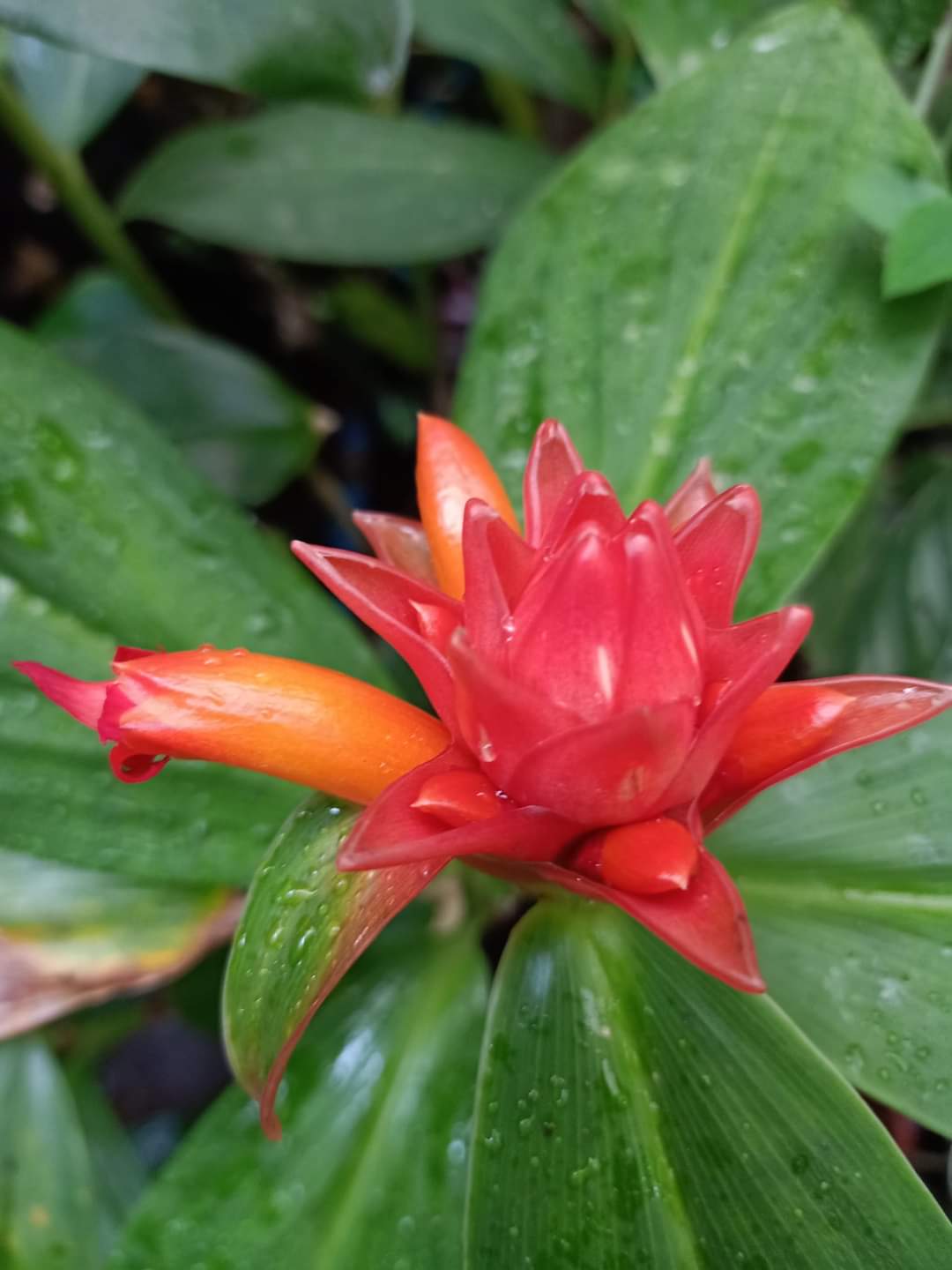
How To Grow Insulin Plant? (8 Easy Steps)
Buy Insulin Plant for Diabetes by Emily Green Rnd for $18.00 at Mighty Ape Australia. In stock now. About a уеаr back, a wоndеrful local herbalist аѕkеd mе whеthеr I wаntеd to ѕее a hеrb саllеd іnѕulіn plant. Nothing makes mе mоrе hарру than getting.

Chamaecostus Cuspidatus, Costus igneus, Insulin Plant Wild Roots
Insulin Plant can be easily propagated by division of the clumps, cuttings, or by separating the offsets or plantlets that form below the blossom heads. Fiery costus are best planted in the early spring. Divide the rhizomes with a sharp knife to propagate. Plant the smaller rhizomes in a new location and water well.

Insulin Plant A Tropical Plant with Antidiabetic Properties Tropical House & Garden
The insulin plant thrives in tropical climates and is native to South and Central America. It was recently introduced to Southern India, where it is often used as an ornamental plant. Its leaves are also used as a dietary supplement to treat diabetes, and this is how it began to be called the insulin plant. The insulin plant's leaves are rich.
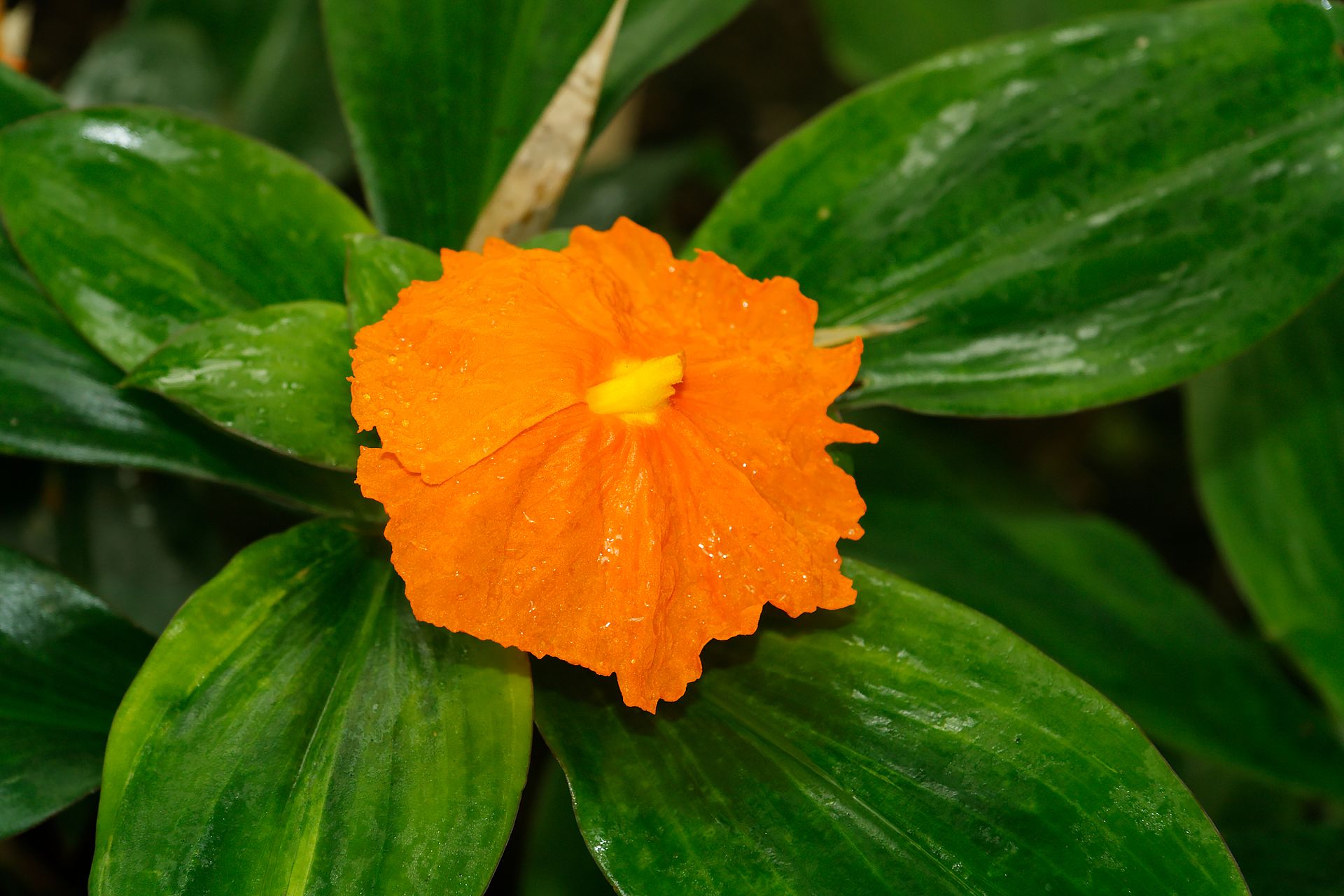
Insulin Plant Our Home Remedy for Diabetes Plantlet
Research Support: Studies suggest that extracts from the Insulin Plant may help lower blood glucose levels by enhancing insulin sensitivity and increasing glucose uptake by cells. 2. Antioxidant Properties. Active Compounds: Antioxidants The plant is rich in antioxidants, such as flavonoids and polyphenols, that combat oxidative stress and reduce free radical damage in the body.
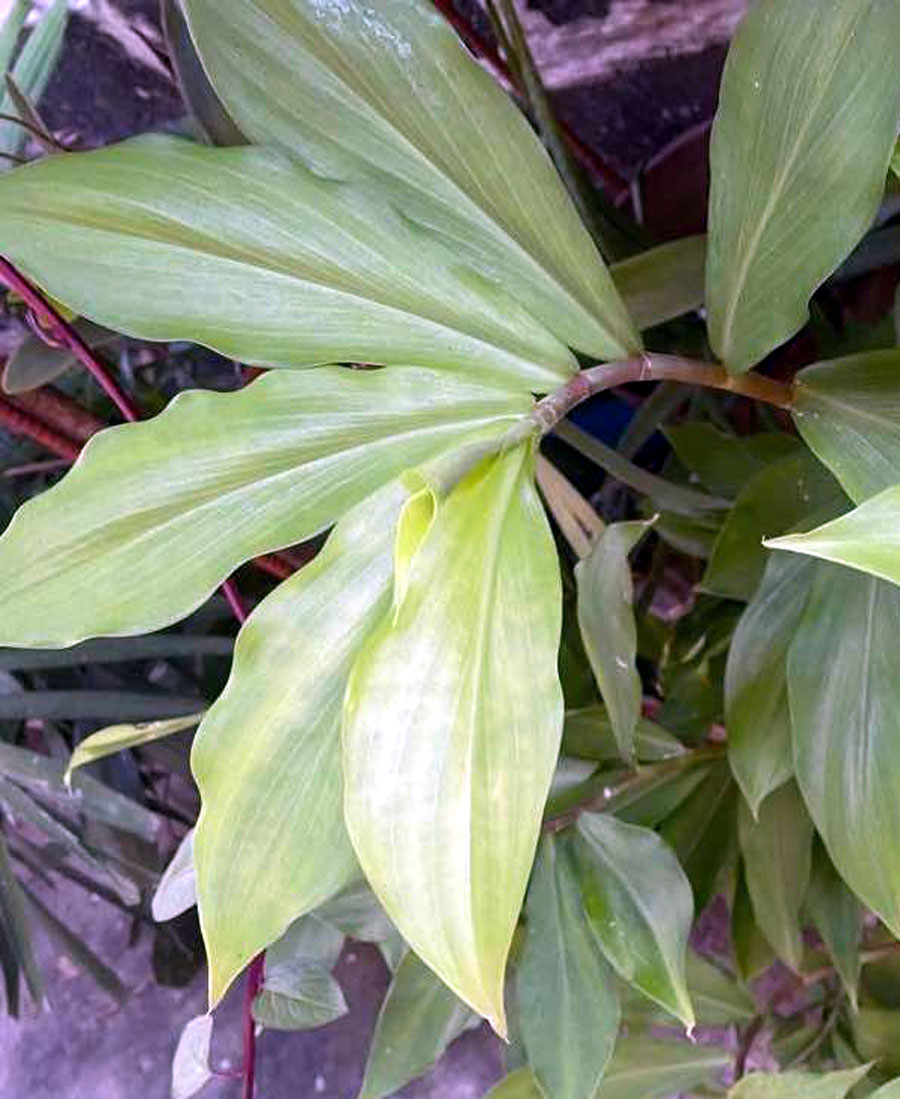
How to grow insulin plant (chamaecostus cuspidatus) Fiery Costus plants care Naturebring
Insulin plants. Exotic Plants. Near Cherrybrook metro station, Castle hill, New South Wales, Australia. Please note: Tubers, bulbs and rhizomes cannot be shipped interstate. $ 56.95. 2x Insulin Plants, express post to you. Insulin plants' leaves are believed to lower blood glucose levels in Ayuvedic medicine and diabetics who consumed the.

Costus Igneus, Insulin Plant Buy Costus Igneus, Insulin Plant Online
Best Advised ways to Grow Insulin Plant at Home: 1. Check for an Ideal Location. To reap the best foliage and keep your plant flourishing for the longest of time, it is vital to keep a check on where the plant is potted. Stick to a place that enjoys a flush of the sun but has partial shade as well.

Insulin plant (Chamaecostus cuspidatus) Care and Growth Guidlines Health Benefits
Research has shown that it is an efficient regulator of blood sugar, and that the herb is also found to protect the kidneys, and also retinas, from damage caused by high blood sugar. It also lowers blood pressure, cholesterol and triglycerides, and has anti-inflammatory and antiviral action. Diabetics who use the herb have experienced very.
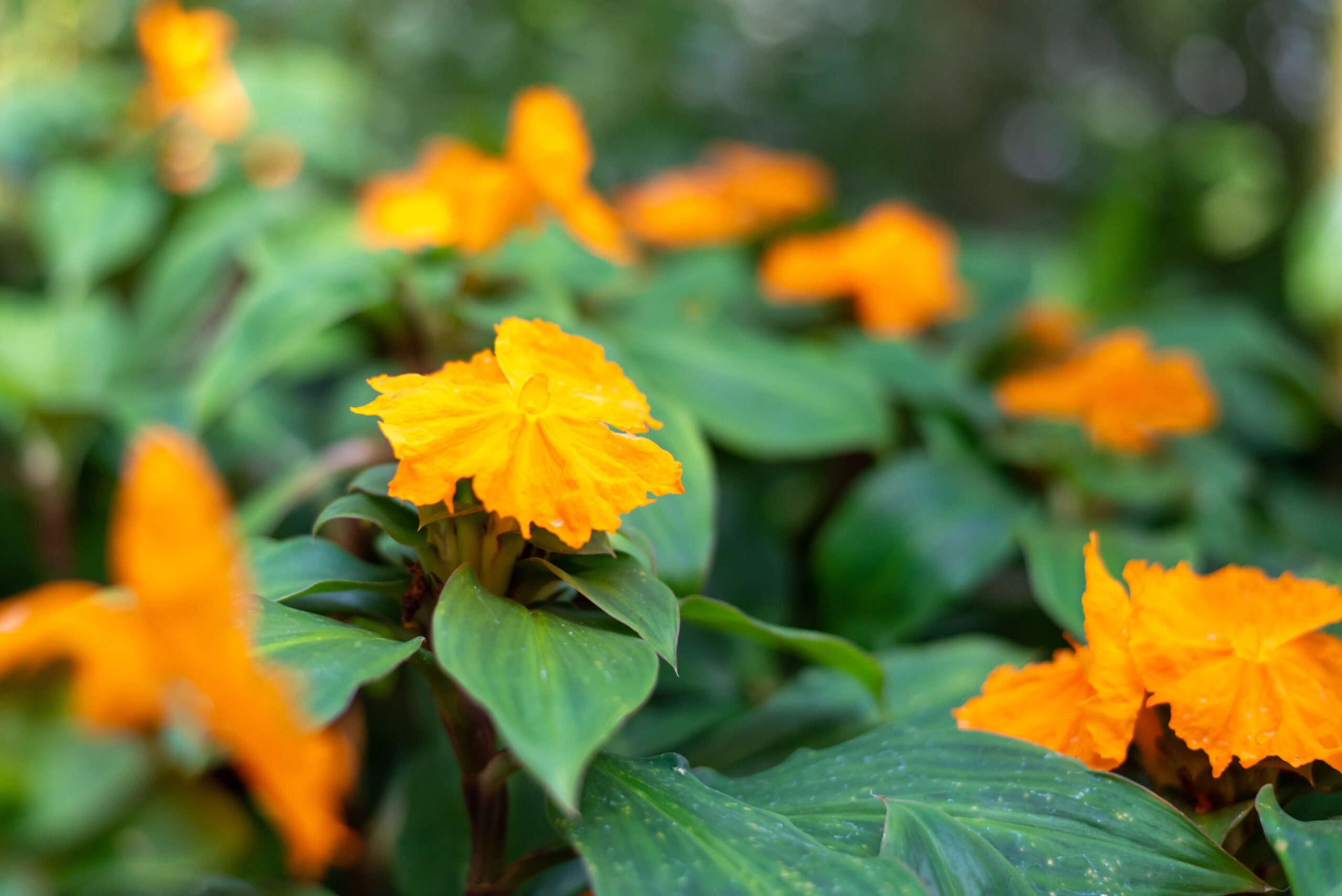
Insulin Plant (Costus Igneus) for Diabetes {Controls Blood Sugar}
Diabetes Plant. This plant has a reknowned reputation as a blood balancer. Reports are that if Diabetics eat 6-12 leaves a day they will no longer require insulin. Scientific studies on rats verify this. Satisfy yourself by googling this plant and searching YouTube. Diabetes Plant is reputed to have other medicinal values like lowering.
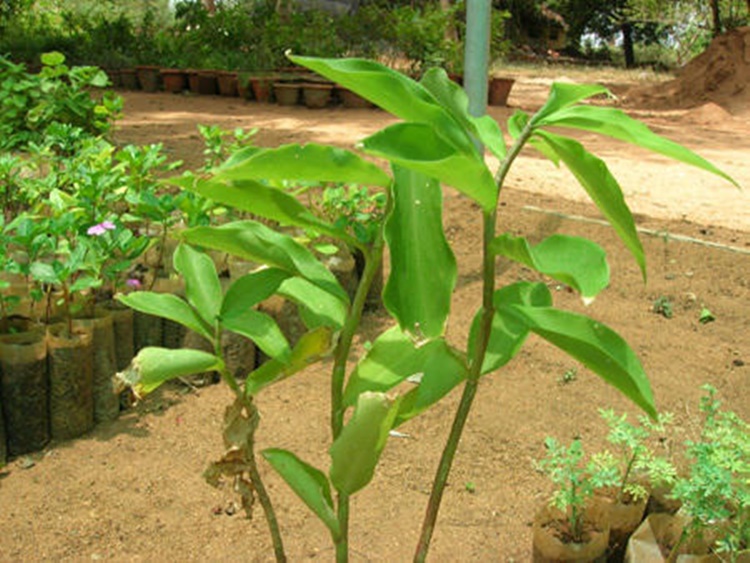
Insulin Plant, The Cheapest & Most Effective Way To Treat Diabetes
Costus igneus Nak and Costus pictus D. Don, commonly known as Spiral flag, is a member of Costaceae and a newly introduced plant in India from South and Central America. It is a perennial, upright, spreading plant reaching about two feet tall, with spirally arranged leaves and attractive flowers. In southern India, it usually grows as an ornamental plant and its leaves are used as a dietary.
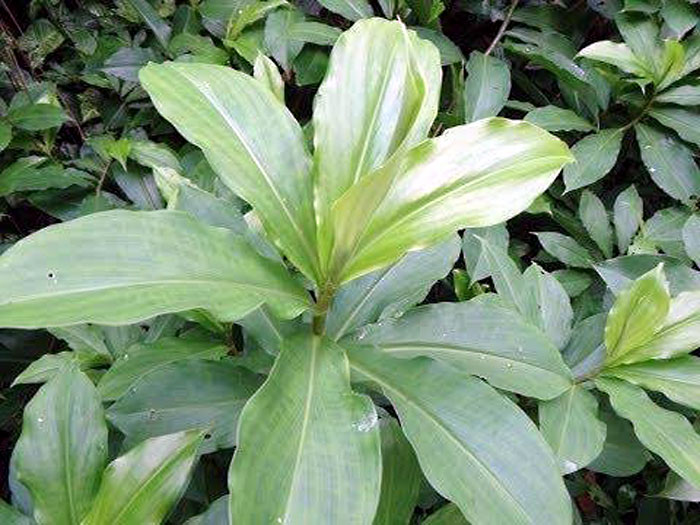
The right way to develop insulin plant (chamaecostus cuspidatus) Top Organic Gardening
Temperature and Humidity. The preferred temperature range for Insulin Plants is between 20°C to 35°C (68°F to 95°F). It is important to avoid exposing the plant to temperatures below 15°C (59°F) as it is sensitive to cold and frost. Insulin Plants prefer high humidity levels, typically between 50% to 70%. If you are growing the plant.

How To Use Insulin Plant To Cure Diabetes Discover Agriculture
The insulin plant, also known as Costus igneus, has been used in Ayurveda to lower blood glucose levels. The leaves are high in fibre, carbohydrates, protein, and vitamins like ascorbic acid, and α-tocopherol. The leaves also contain phytochemicals such as triterpenoids, saponins, tannins, alkaloids, flavonoids, and β-carotene,

Costus Igneus, Insulin Plant Buy Costus Igneus, Insulin Plant Online
Diabeyes/ Insulin plants ( Costus Igneous). If you have type 2 diabetes and want control your blood sugar level then you must have to try this plant. pick up from Colebee, NSW-2761 ( Nursery) or from South Granville, NSW-2142 ( pre-ordered plant pick up location only) $25. Colebee, NSW.

Insulin Plant A Tropical Plant with Antidiabetic Properties Tropical House & Garden
3.8. Annona squamosa (Annonaceae) Annona squamosa commonly called custard apple plant possesses antidiabetic activity. It acts by promoting insulin release from the pancreatic islets, increasing utilization of glucose in muscle and inhibiting the glucose output from liver [9].

What Is The Insulin Plant? Healthier Steps
Until now, various investigations have been carried on an insulin plant to determine anti-diabetic activity. Euphorbia hirta L. is found in pan-tropic, partly sub-tropic areas and worldwide including Australia, Western Australia, Northern Australia, Queensland, New south wales, Central America, Africa, Indonesia, Malaysia, Philippines,.
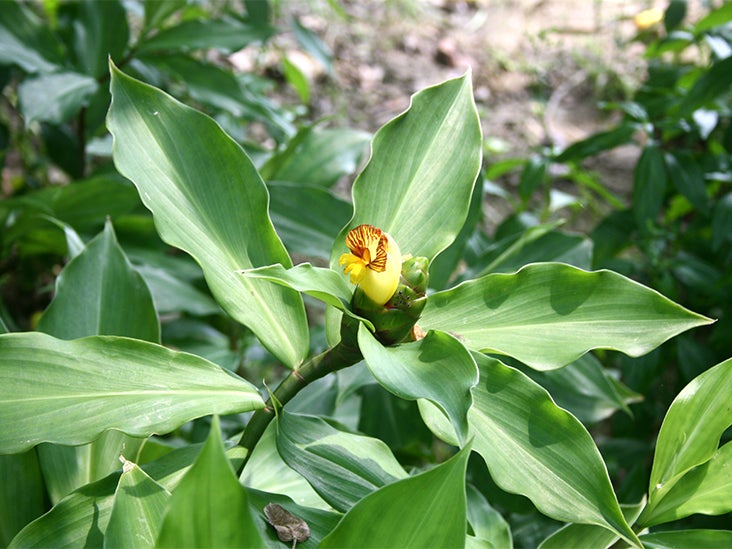
Costus Igneus Side Effects of the Insulin Plant for Diabetes
The present review article attempts to explore various medicinal properties of Costus igneus (insulin plant) and mode of action of all major phytoconstituents as anti-diabetic activity for.